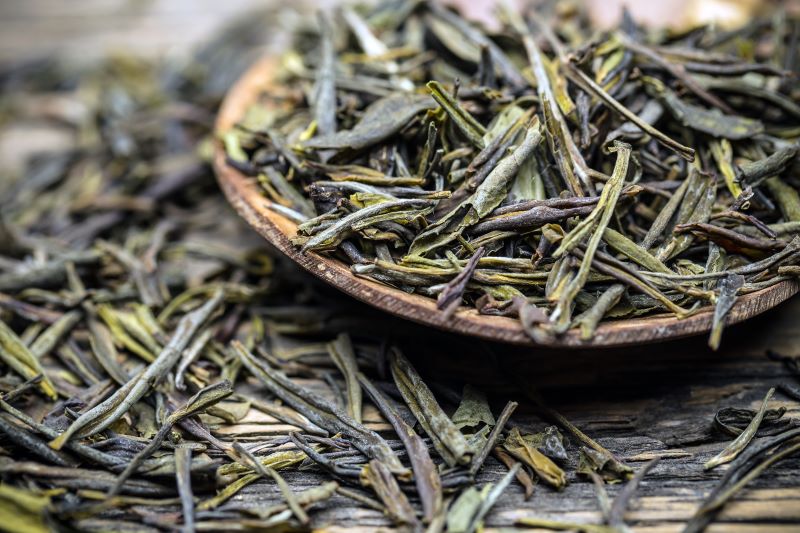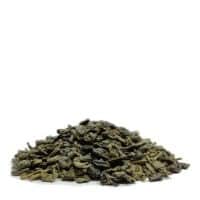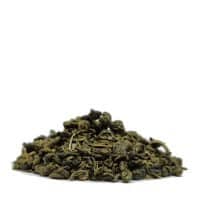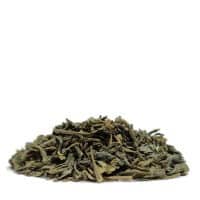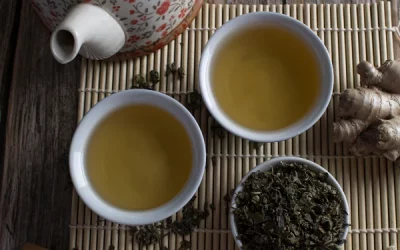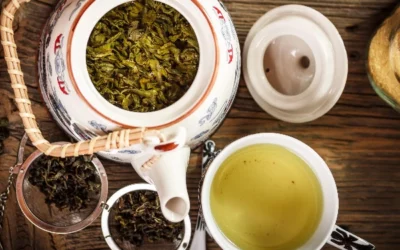Green tea contains caffeine, though typically less than coffee. The amount varies based on factors like brewing time and type of tea, making it a viable option for moderate caffeine intake.
Organic Green Tea
FREE SHIPPING
For purchases over 599 kr.
Delivery
2 - 5 business days
Organic teas
Eco-friendly packaging
What is green tea?
Green tea is made from the leaves of the Camellia Sinensis plant, also known as the tea bush.
It is from this shrub that white, black and Oolong teas are also made.
What sets green tea apart from other teas is where and how it is grown, but most significantly how it is processed.
This is reflected in e.g.
expressed in e.g.
Chinese green teas are characterized by being heat-treated in a pan, whereas in Japan this is done by steaming the tea leaves.
Camellia sinensis is considered to originate from China’s Yunnan province where the plant species originated.
In fact, 260 of the world’s 380+ varieties of tea can be found in Yunnan.
Tea producing countries worth mentioning include China, Japan, India, Sri Lanka, Taiwan, Bangladesh, New Zealand, Hawaii and even South Carolina in the USA.
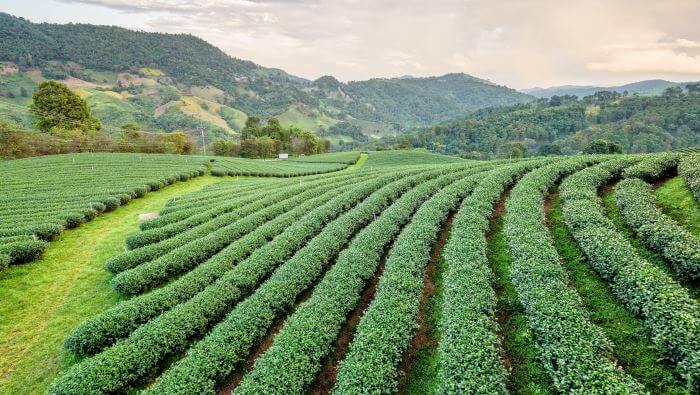

Is green tea healthy?
Green tea is known to contain antioxidants, minerals and vitamins that have been variously linked to fighting certain diseases and aiding health benefits.
For example.
antioxidants such as catechins, which are known to fight free radicals in the body, are present in tea.
However, there is no definitive evidence that this is the case, that green tea in and of itself specifically makes you healthier.
Therefore, we cannot conclude from the available scientific studies that drinking tea leads to better and healthier health.
So while there are many reasons to drink tea, the most important is that it is a beverage to be enjoyed, admired and shared with family, friends and acquaintances.
A universe of tea
The Ultimate Guide to Green Tea: History, Production, Health Benefits, and Cultural Significance
Discover the fascinating world of green tea, from its rich history and meticulous production process to its numerous health benefits. If you’re a health-conscious individual or a tea enthusiast, this guide is a must-read.
Do you put milk in green tea: Cultural, historical, and personal perspectives
While classic green tea is often enjoyed plain to appreciate its delicate flavours, adding milk is a contentious practice. Intrigued by the fusion of traditions and flavours? Read the article to delve deeper into this captivating subject.

Where does green tea come from?
While all green tea comes from the same plant species, there are different types of green tea grown and manufactured all over the world today, including China, Japan, India, Sri Lanka, Taiwan, Bangladesh, New Zealand, Hawaii and even South Carolina.
However, green tea is considered to have originated in China.
It is said that the word “tea” in China refers only to green tea, not to the general category of tea, which in Western terminology also includes white, black and Oolong tea.
Green tea is said to have become popular in Japan around 1190, when a Zen priest went to China to study in some of the great Buddhist monasteries and temples.
After his time in China, he returns to Japan with plant seeds and bushes of the Camelia Sinensis species.
The reason for this was that during his stay he found that this drink was good for ceremonies and could help maintain good health.
Which green tea is best?
Our favorites in the green tea category are First Flush from Darjeeling.
However, there are many different types of green tea, both in our selection and in general.
Choosing one over another varies from person to person.
Some like the pure teas best, others where the tea is blended with other exciting ingredients.
In general, the taste of tea depends not only on the processing method used, but also on the different cultivation methods tea plantations use.
For example, you can
- What time of year the tea was picked,
- How is the plant pruned,
- Which parts of the plant have been picked,
- Whether the plants are treated with chemicals or organically grown,
- what kind of heat is applied to the tea leaves to stop oxidation (in the manufacturing process)
- How the tea leaves are shaped, rolled and dried,
- whether the leaves are whole or cut into smaller pieces.
The final flavor of a tea also depends on the soil and environment the tea is grown in, for example.
Whether it’s cool and mountainous, or hot and tropical.
In addition, some believe that flavor is also affected by which crops the plants live next to and whether the tea plants grow near other crops.
